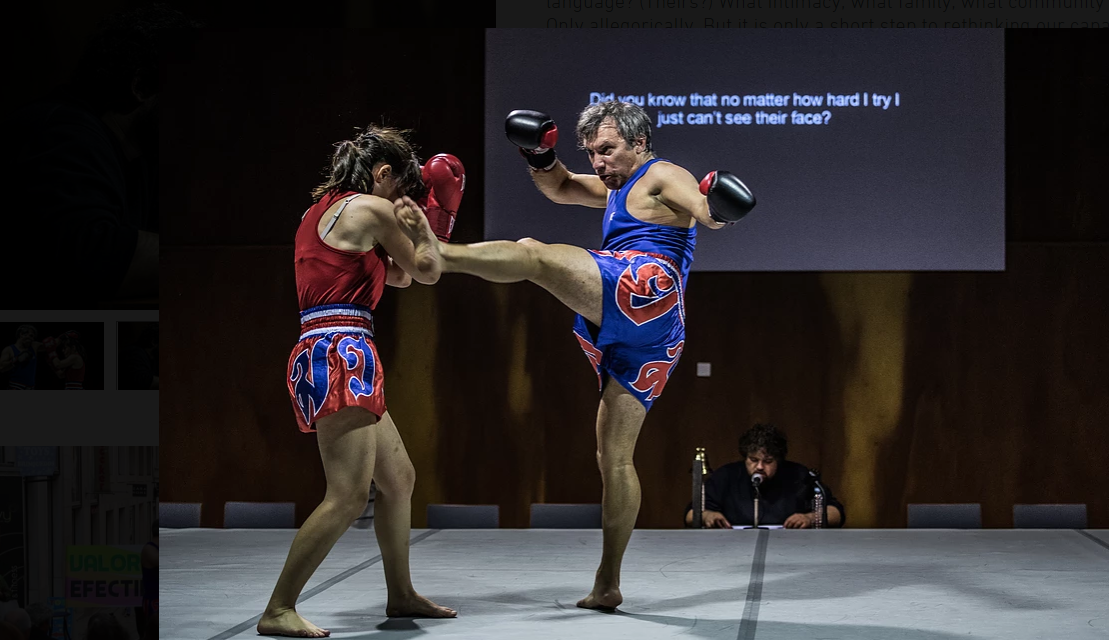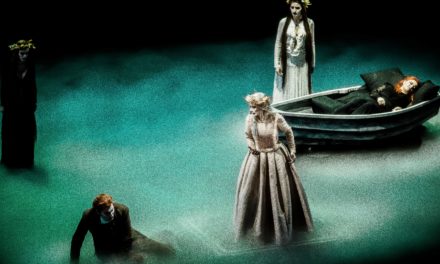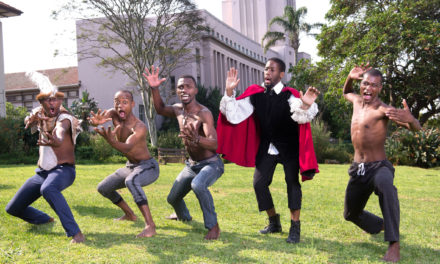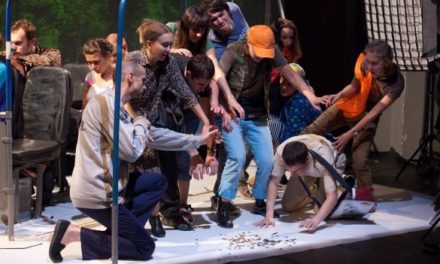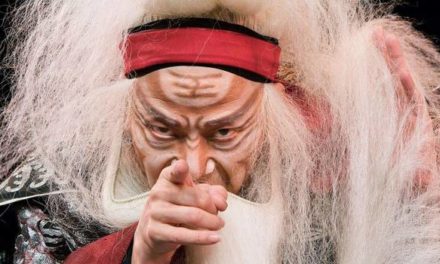A recent publication on Portuguese theatre summons up politics, experimentalism, and utopia as working concepts to draw connecting lines through a diverse range of artists and works. One can extrapolate and say that Portuguese artists are strongly engaged in problematizing the dominant discourse and seek to propose alternative visions and actions. Here are a few examples.
Firstly, Cláudia Dias’ project “Sete anos, sete peças” (Seven years, seven plays) started in the years of crisis and insisted on planning for the future. It uses encounter as a creative tool (now with Teatro de Ferro’s Igor Gandra), has tied down several funding and presenting structures over a long period and is implicated with education, documentation and, of course, time. “Each encounter will be made for future memory, in the hope of us waking up and still be[ing] alive.”
Visões Úteis is an Oporto-based collective with a strong ethical and political commitment to “a constant reflexion about the contemporary sense of making art” (as stated in their artistic manifesto). Their interventions in Oporto’s dilapidated and expectant Campanhã, within Reclaim the Future European project, are central to their practice and positioning in the community – as is their associated artists program.
Joana Craveiro’s Teatro do Vestido, meanwhile, works on visibility, calling upon memory and biography to deal with life as we experience it today through documental theatre. “A living museum of small and forgotten memories” is a seminal play, followed by equally striking works on post-colonial memory and on the invisibility of women in historical narratives. Invisibility and identities are also crucial vectors in the work of performers such as Mariana Tengner Barros, Miguel Bonneville, Sónia Baptista and Raquel Castro, while André Amálio’s trilogy on colonialism also belongs in this map.
Finally, João dos Santos Martins’ project “New—Old Dance,” in which he “continued his research on the discursive traits of dance history through a program of exhibitions, talks, workshops, and shows” (from his website), was held in the peripheral city of Santarém in 2017. The cycle showed seminal works by the likes of João Fiadeiro and Vera Mantero or Carlota Lagido and Sónia Baptista as well as commissioning new works by emerging choreographers such as Ana Rita Teodoro. This is an instance of different generations with strong authorial work intertwining. Along with historian Ana Bigotte Vieira, he showed “For a Timeline To Be—genealogies of dance as an art practice in Portugal,” a work in progress; Filipa Francisco Spies/Espiões project and Vânia Rovisco’s Transmissions both call upon memory as a support for something else. Action, perhaps.
Please note that this ecosystem is a vital, creative and burgeoning landscape and that this only draws attention to some of its focal points.
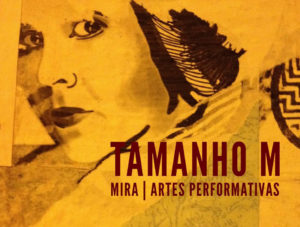
Tamanho, performing arts space in Oporto (courtesy of the author)
This article was originally published by IETM–International network for contemporary performing arts, Brussels in April 2018 as a part of their mappings series. Read the original mapping. It has been republished with permission.
This post was written by the author in their personal capacity.The opinions expressed in this article are the author’s own and do not reflect the view of The Theatre Times, their staff or collaborators.
This post was written by Maria João Guardão.
The views expressed here belong to the author and do not necessarily reflect our views and opinions.

